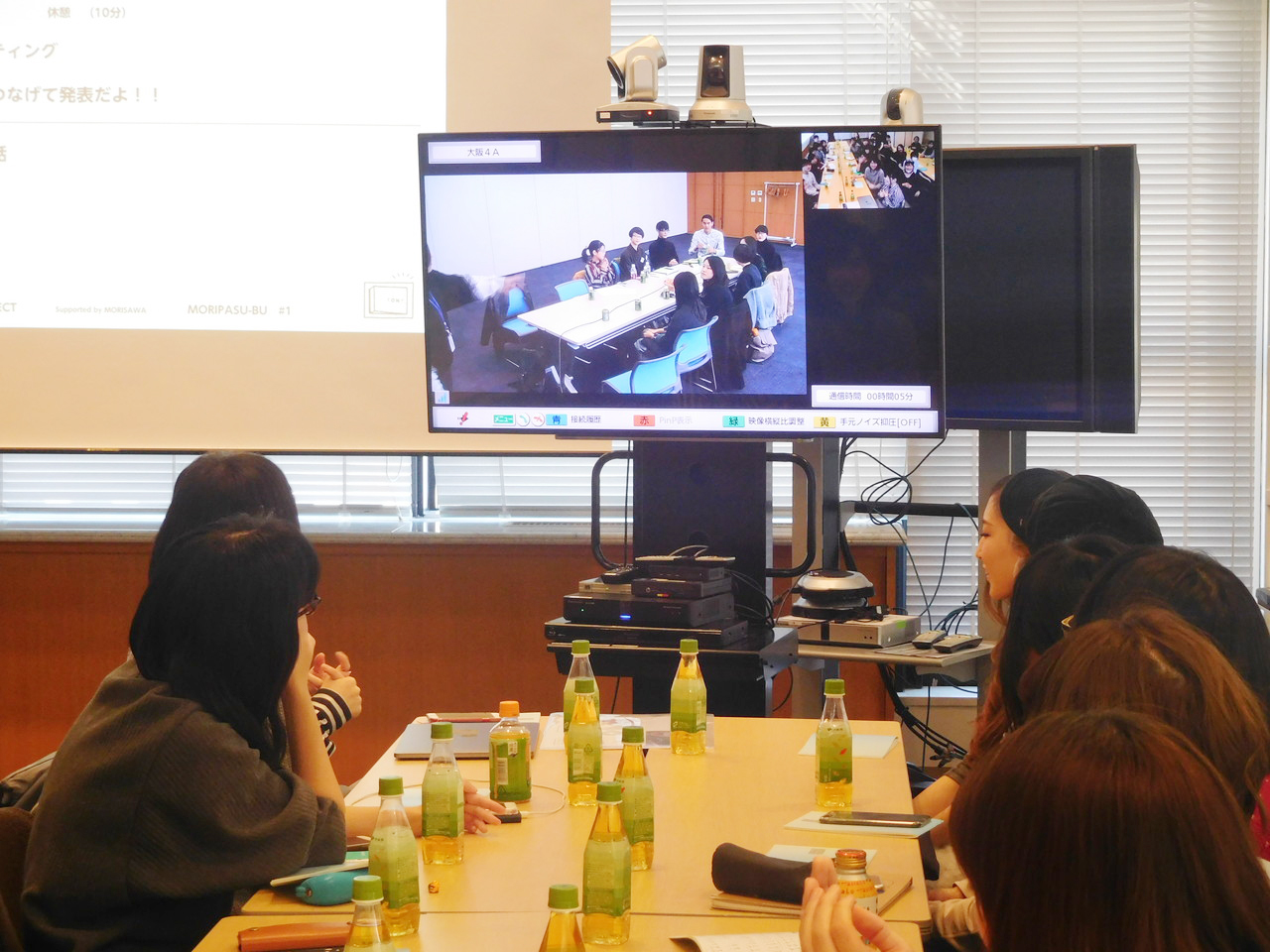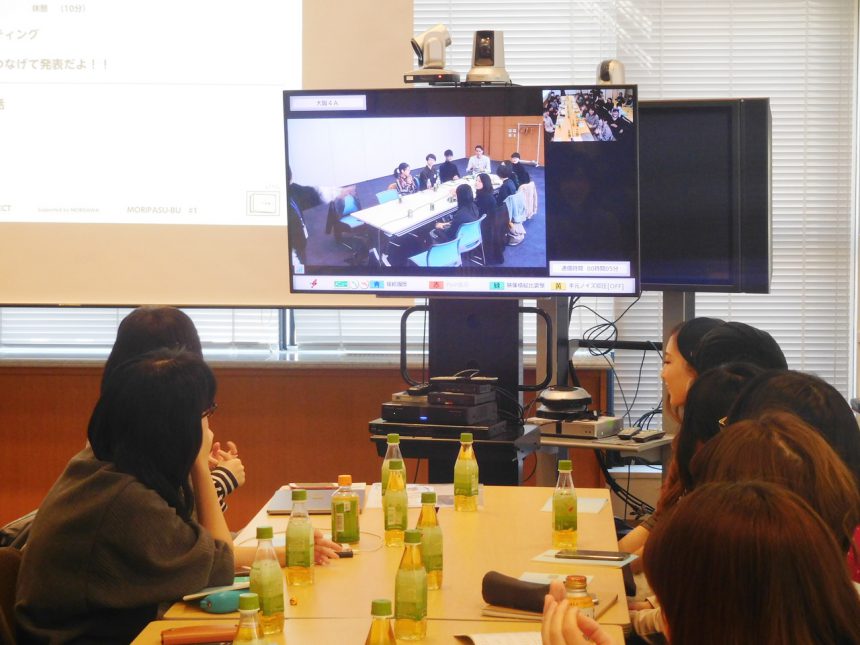
The 6th meeting of the 2nd Moripass Club was held in November. With only 2 months left until completion, this time we were able to proceed with production with an unprecedented sense of tension. Here is a report on the exciting day, which included connecting with Kansai members via video call!
Highly polished presentation by Kansai members
This was the first club meeting in about two months. Autumn is art festival season, so for the past two months, members have been working hard on Moripass club activities in parallel with their school work.
On this day, the Kansai members met face-to-face for the first time via video call! After some unique self-introductions, the Kansai team was the first to give their mid-point presentation of the event.
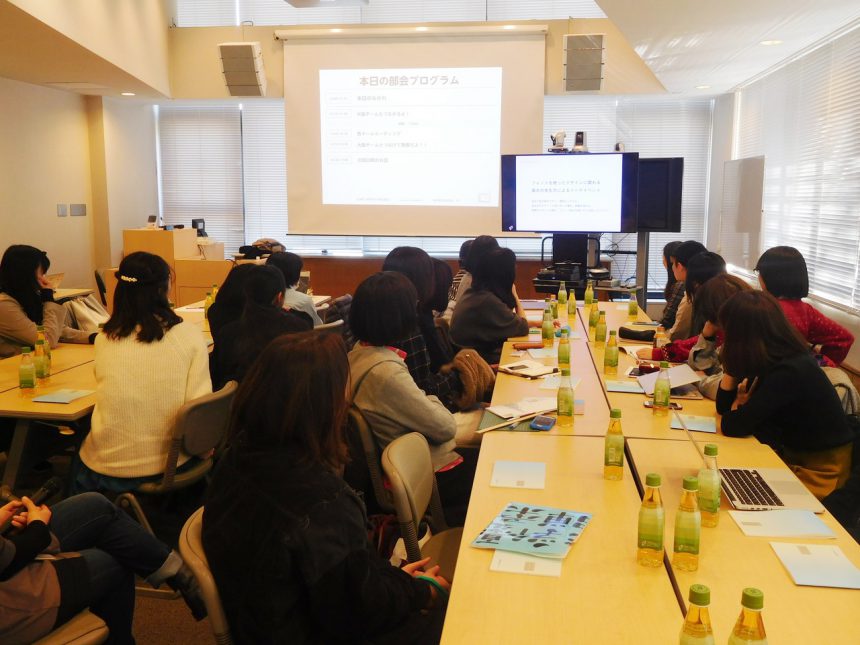
The presentation included detailed aims and content, including the theme of the event, talks by professors from Tokyo University of the Arts, and even entertaining workshops. The Tokyo members seemed a little surprised that the event had taken shape so well in just three months since their first meeting in August, and listened intently to the presentations.
The advisor also praised the team for how much they have improved so far, and gave them advice on what they can do in the future, such as not holding back on sharing their opinions and digging deeper into the content of the workshops.
The guests and event details have not yet been decided!
After the Kansai members' presentations, the Tokyo members split into an event team and a flea magazine team and will continue discussions in preparation for the presentation three hours later.
As of this day, the event team had received approval from their first candidate guest, but had not yet been able to hold any further meetings, putting them in a difficult position. They decided to re-evaluate the content of the event, with the possibility of reselecting a guest in mind.
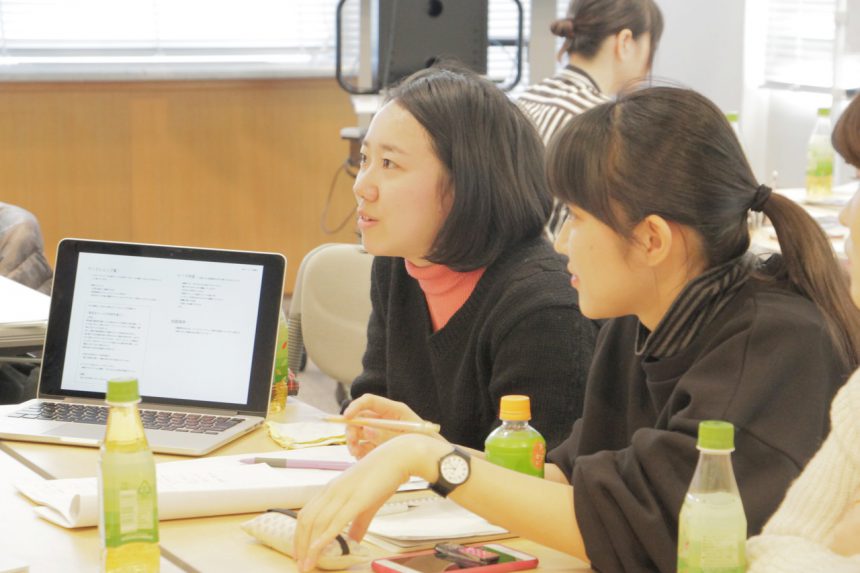
We will divide the content into workshops, talks, and other things that will work regardless of who the guest is, and things that will only work with the guests we want to invite. With so little time left until the actual event, it is important to not just think about what you want to do, but also to take time into consideration and switch your mindset.
The candidates shared ideas by simply filling in the blanks with questions such as why they wanted to invite that guest, one word to describe that person, and what they wanted event participants to take away from that person's talk.
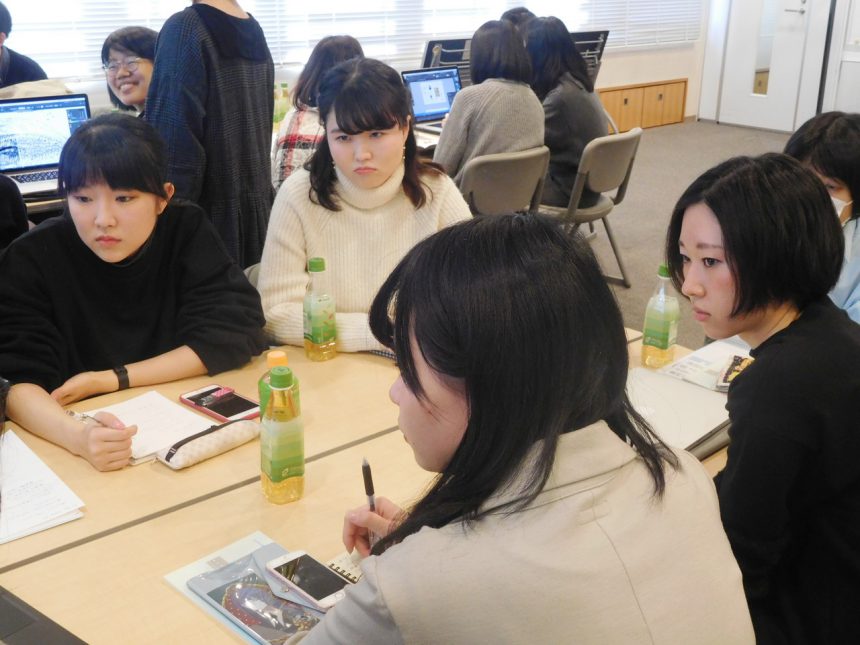
The event team was faced with the possibility that they might not be able to do 100% of the things they had originally wanted to do with the guests they had originally wanted.Though they were a little anxious during the discussion that day, they took the very important step of finding the balance between what they wanted to do and what they could do.
The Flea Magazine team is anxious about the delay in proofreading
Meanwhile, the Flea Magazine team has been assigning people to work on pages and conducting interviews and writing. The plan was to finish proofreading by this day, but the production of each page is behind schedule.
On this day, we will further polish each page by proofreading the text, reprinting the manuscript, reviewing the fonts used, checking the layout, and so on, and begin working on the details.
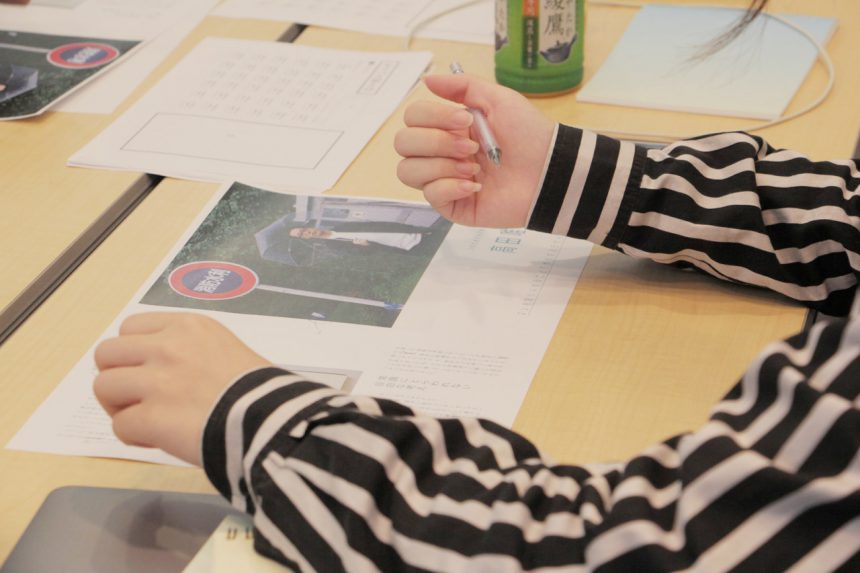
The advisor gave them some specific advice: "Magazines are meant to be read. Even though it's an interview article, think again about whether the spoken language can be read rhythmically. Take another look at the endings and the spoken language," and "When choosing photos, consider not only the person you're interviewing, but also how you appear in them."
By shifting their perspective from that of the creator to that of the reader who actually holds the magazine in their hands, they discover areas for correction that they would not have noticed on their own, such as, "Was it okay to say 'It was...' here?" or "Looking at it like this, maybe I should have left a little more space for photos and text."
This day was also a rare opportunity for everyone to get together before the magazine was completed. The flea magazine team all looked over the galley proofs, discussing the order of the pages and the characters that would appear, and worked hard to create a better magazine.
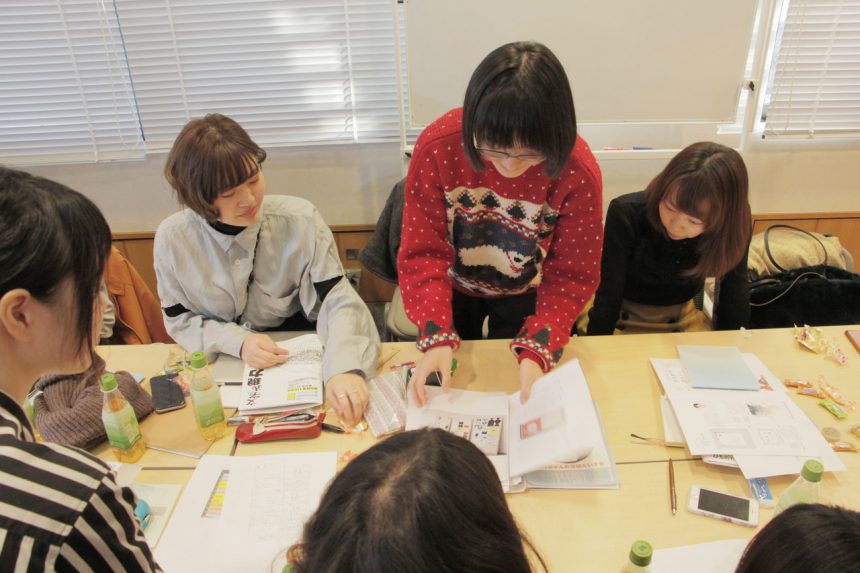
The members grew in a state of impatience
After about three hours of production, the Kansai members connected via video call again, and this time the two Tokyo teams made presentations.
The event team presented a proposal that outlined the purpose of the event and the target audience they wanted to attract. They also outlined potential new guests in case negotiations with the first candidate did not go well, including the popularity of the person and their work, the content of the talk to hear about the moment when the font switch was turned on, and what to do if the talk was not the main focus, as well as how they would keep a tight schedule for negotiations and meetings in the future.
The Flea Magazine team explained the layout of the magazine, the theme, key points of production, and each page to each person in charge so that the Kansai members, who were seeing it for the first time, could understand. The advisor instructed them to aim for the earliest possible proofreading, and to schedule submissions and distribute the magazine in both Osaka and Tokyo.
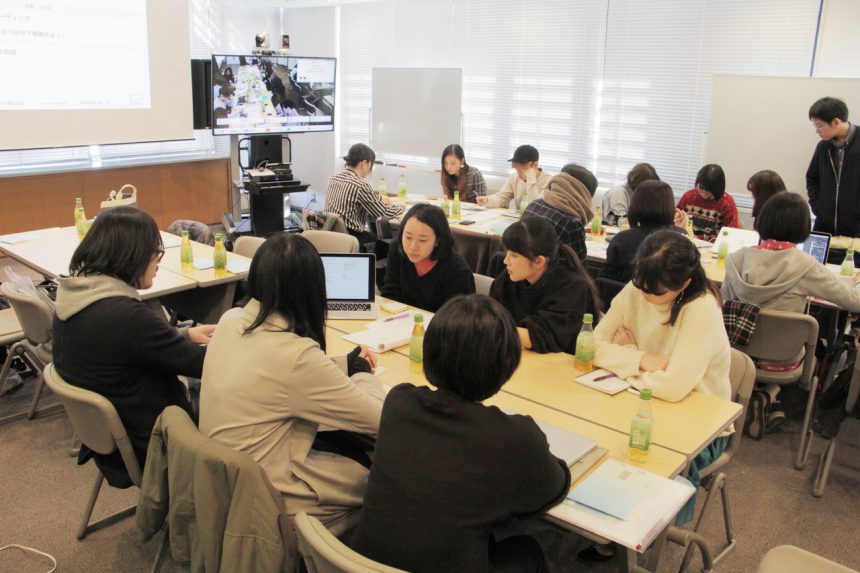
Both teams were inspired by the presentations by the Kansai members, but were feeling frustrated by the delays in their own production. It was impressive to see the members swiftly engaging in discussions on the day, despite struggling with the current delays and things not going well.
The next group meeting will be in January. This will be the final presentation, just two weeks before the big day. It's a race against time, so stay tuned to see what goal they'll be able to reach in the remaining two months!

